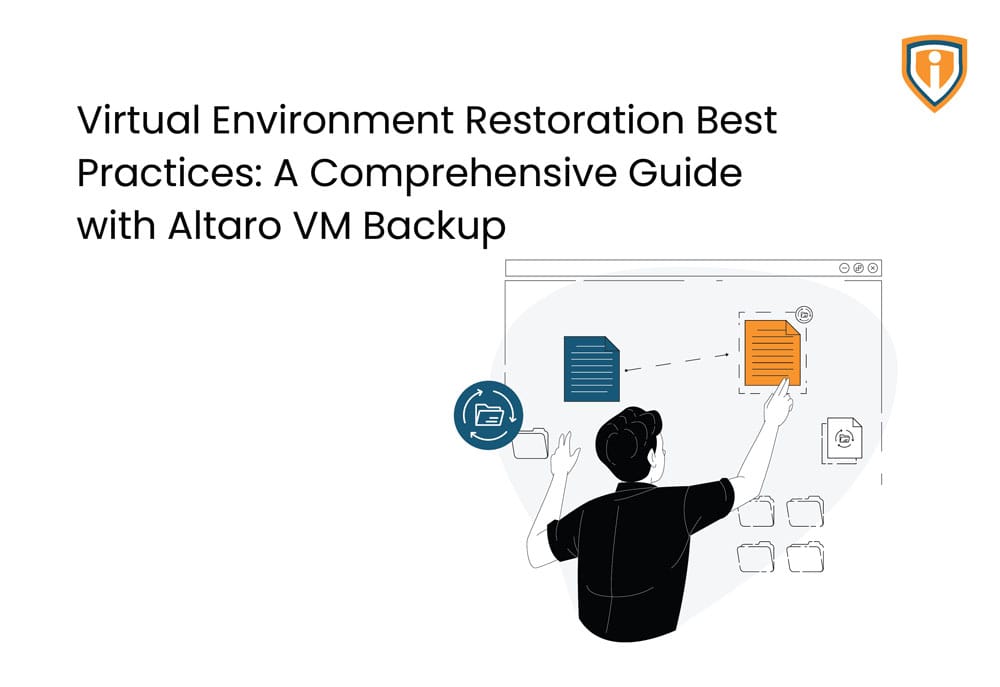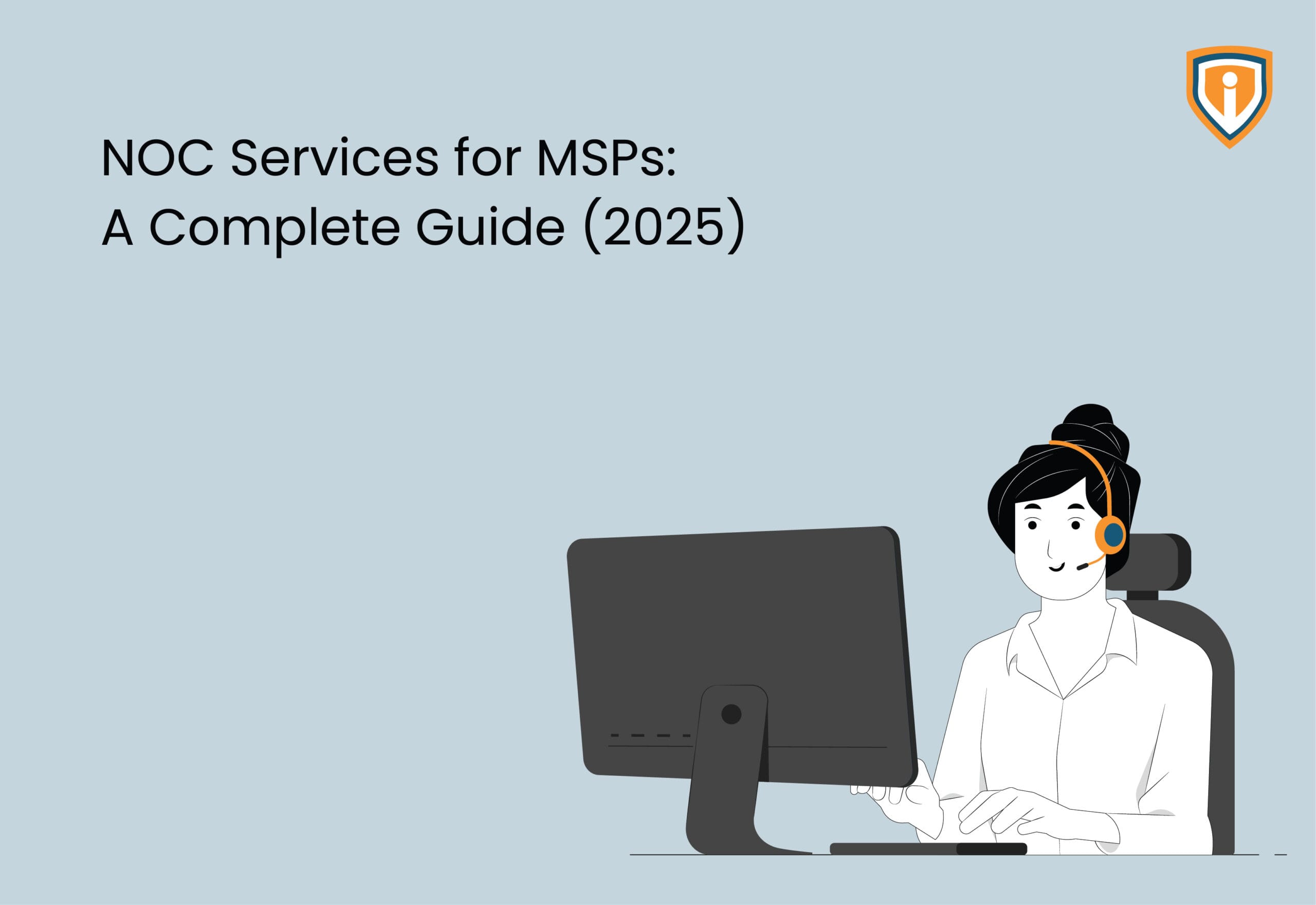
Data loss and disasters can strike any organization at any time, potentially leading to critical disruptions and financial losses. In today’s virtualized world, supporting the integrity of your virtual environment is paramount. Altaro VM Backup, a leading solution in the backup and recovery space, offers robust features to protect your virtual machines (VMs) and ensure a smooth restoration process when needed. In this blog, we will delve into the best practices for restoring data with Altaro VM Backup, providing you with a comprehensive guide to safeguard your virtual infrastructure.
1. Regular Backup Schedule:
The foundation of effective data restoration lies in regular and consistent backups. Establishing a well-defined backup schedule in Altaro VM Backup is crucial to ensure that your VMs’ most recent states are always recoverable. Determine the optimal backup frequency based on your organization’s RPO (Recovery Point Objective) and the criticality of your VMs. Additionally, consider utilizing incremental backups to reduce the backup window and minimize the impact on production systems.

2. Test Your Restores:
Performing backups is one aspect of data protection, but testing the restoration process is equally essential. Regularly validate your backup data by performing test restores in a controlled environment. Altaro VM Backup’s sandbox environment allows you to safely restore VMs and applications without affecting the production environment. Regular testing ensures that your backup data is consistent and reliable when you need it the most.

3. Prioritize VM Restore Order:
In the event of a disaster, restoring VMs in the right sequence is crucial for ensuring business continuity. Identify the critical VMs and establish a restoration order that aligns with your organization’s priorities. Altaro VM Backup allows you to create a restore queue, ensuring that essential VMs are recovered first, minimizing downtime, and maintaining productivity.
4. Utilize Instant Boot for Quick Recovery:
Time is of the essence during a disaster recovery scenario. Altaro VM Backup offers “Instant Boot” functionality, allowing you to boot VMs directly from the backup location without waiting for the full restore process to complete. This feature provides almost immediate access to your VMs, ensuring minimal downtime while you restore the primary infrastructure.

5. Leverage Offsite and Cloud Replication:
Data protection is not complete without an offsite backup strategy. Altaro VM Backup provides seamless integration with leading cloud providers, enabling you to replicate your backups to an offsite location or public cloud environment. This approach ensures data redundancy and accessibility even in the face of a site-wide disaster.

6. Implement Secure Authentication and Access Controls:
Securing your backup data is as important as creating backups. Ensure that only authorized personnel have access to the Altaro VM Backup management console. Utilize strong, unique passwords and enable multi-factor authentication for an additional layer of security. By controlling access to the backup infrastructure, you reduce the risk of unauthorized data restoration attempts.

7. Monitor Backup and Restoration Processes:
Proactive monitoring of backup and restoration processes helps identify issues before they escalate into critical problems. Set up email notifications or alerts within Altaro VM Backup to keep your IT team informed of any anomalies or failures. This way, you can take immediate action to address issues and maintain a reliable backup and recovery environment.
Conclusion:
With Altaro VM Backup, Infrassist Technologies safeguards your virtual infrastructure by ensuring rapid data restoration has never been easier. Infrassist Technologies ensure that these best practices are followed; with these you can minimize downtime, protect critical data, and maintain business continuity even in the face of disasters. Remember to regularly test your restoration procedures, keep your backups secure, and leverage the various features offered by Altaro VM Backup to build a robust and efficient data protection strategy. With these practices in place, our organization can confidently navigate any data loss event and emerge stronger.





